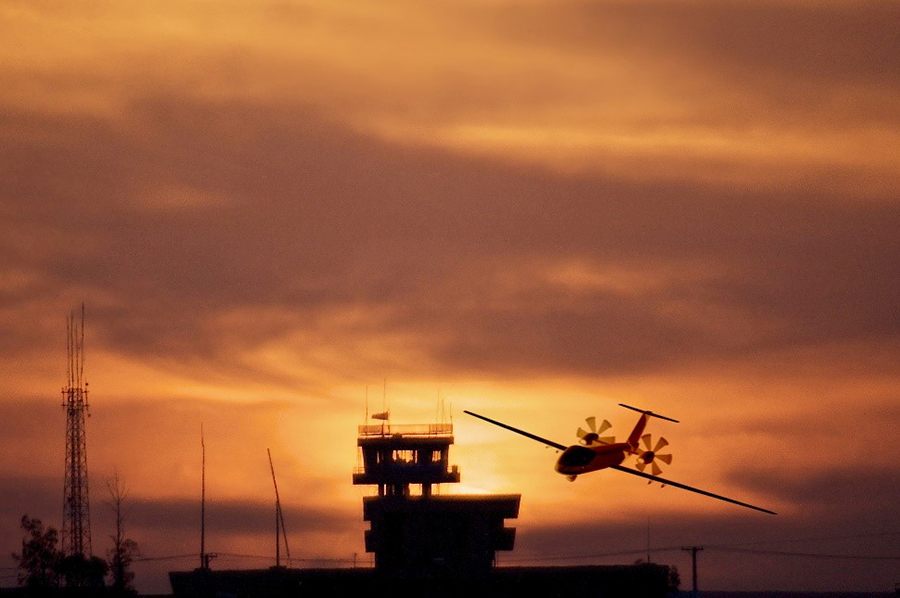QUICK AND EASY AIRSPACE ACCESS FOR UNMANNED VEHICLES TO/FROM DEDICATED AERODROMES
Remotely piloted unmanned aerial systems (RPAS) although already in state operations, are used under specific restrictions and segregations, for example flying predefined reserved corridors to their mission zones. The solution responds to the need to operate RPAS transiting as non-segregated general air traffic (GAT) via controlled airspace to reach their mission areas.
The solution applies only to current military/state RPAS, addressing their needs for flexible transit operations to their mission areas as non-segregated general air traffic (GAT) via controlled airspace. This accommodates the initial RPAS demand, which can be anticipated in the 2023-2025 timeframe, and paves the way for the future integration of RPAS in controlled airspace
SESAR partners validated adapted RPAS accommodation procedures to alleviate existing restrictions. RPAS flights will be able to fly in controlled airspace in low to medium traffic levels and traffic complexity. The remote pilot be in contact with ATC the same as the pilot of a manned aircraft, and the flight will be subject to the same ATC clearances and instructions that apply to manned aviation. The accommodation approach relies on existing ATM systems and capabilities that such RPAS have; the RPAS will be equipped with a transponder, but will not be required to have a detect-and-avoid system on-board. Safe separation from other aircraft, manned or unmanned, will be ensured by ATC. Operational procedures in case of C2 lost-link will be pre-agreed for each flight between the remote pilot and ATC. The solution also covers the accommodation of the specific needs of RPAS flight planning processes.
The research focussed on operational requirements and associated working methods for ATC to manage accommodated RPAS flights, including real time simulations. The flight plan approval processes by the European network manager were also covered. The safety aspects were an essential part of the work conducted by the SESAR partners.
BENEFITS
Maintained safety and human performance levels
Flexible and equitable access to airspace
Datapack
Contextual note
CBA
OSED Interop: part I - part II - part III - part IV - part V

